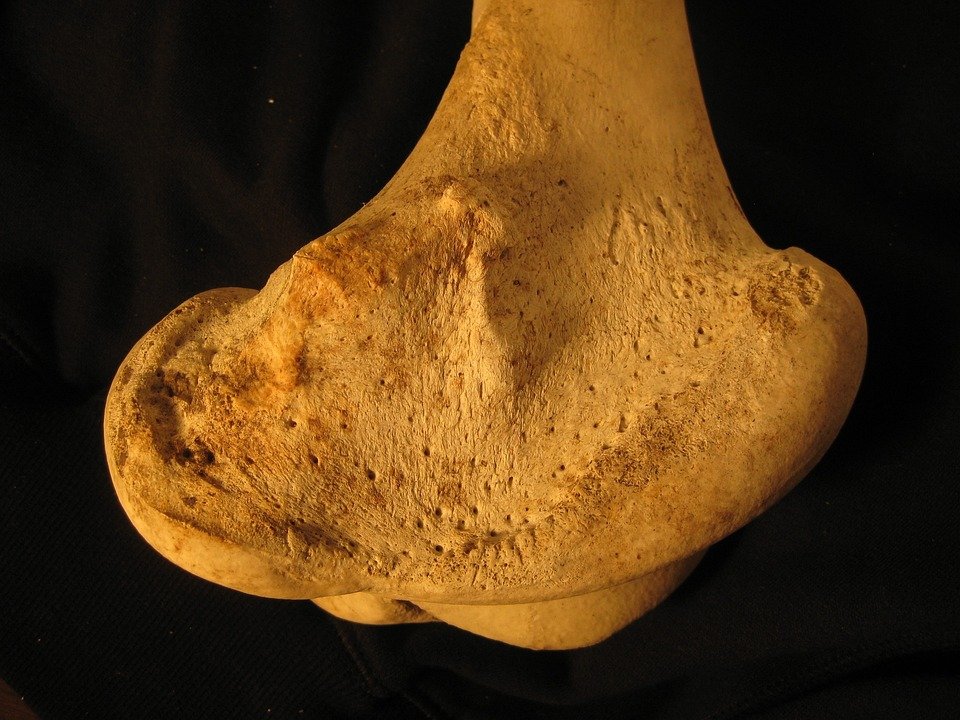 Joint health is a crucial aspect of overall well-being, as our joints play a vital role in our ability to move and perform daily tasks. From walking and running to bending and lifting, our joints are constantly in use, making it important to take care of them to ensure optimal mobility and functionality. Understanding the benefits of joint health and implementing strategies for better mobility can help prevent pain, stiffness, and other issues that can interfere with our daily activities.
Joint health is a crucial aspect of overall well-being, as our joints play a vital role in our ability to move and perform daily tasks. From walking and running to bending and lifting, our joints are constantly in use, making it important to take care of them to ensure optimal mobility and functionality. Understanding the benefits of joint health and implementing strategies for better mobility can help prevent pain, stiffness, and other issues that can interfere with our daily activities.One of the primary benefits of maintaining good joint health is improved mobility. Healthy joints allow for smooth and pain-free movement, making it easier to perform activities such as walking, running, and bending. When our joints are healthy and strong, we are less likely to experience pain or discomfort, allowing us to stay active and engaged in the activities we enjoy. In contrast, poor joint health can lead to stiffness, pain, and limited range of motion, making it difficult to move and perform everyday tasks.
In addition to improved mobility, maintaining good joint health can also help prevent injuries and reduce the risk of developing chronic conditions such as arthritis. Strong and flexible joints are more resilient to stress and strain, reducing the likelihood of injury during physical activity or daily tasks. By keeping our joints healthy through proper nutrition, exercise, and lifestyle habits, we can lower our risk of developing conditions that can cause pain and limit our mobility.
There are several tips for promoting better joint health and improving mobility. One important aspect of joint health is maintaining a healthy weight, as excess weight puts extra strain on the joints, leading to pain and inflammation. Eating a balanced diet rich in fruits, vegetables, whole grains, and lean protein can help support joint health by providing essential nutrients that promote cartilage health and reduce inflammation.
Regular exercise is also essential for maintaining good joint health and improving mobility. Low-impact activities such as walking, swimming, and cycling can help strengthen the muscles around the joints, improve flexibility, and reduce the risk of injury. Strength training exercises that target the muscles supporting the joints can also help improve stability and reduce strain on the joints during movement.
In addition to diet and exercise, proper posture and body mechanics are important for protecting the joints and preventing pain and injury. Maintaining good posture while sitting, standing, and moving can help distribute weight evenly across the joints, reducing the risk of strain and inflammation. Using proper body mechanics when lifting and carrying objects can also help prevent injuries to the joints and surrounding tissues.
Finally, it is important to listen to your body and seek medical attention if you experience persistent joint pain, stiffness, or swelling. These symptoms may indicate an underlying issue that requires treatment, such as arthritis or a joint injury. Early intervention can help prevent further damage and improve outcomes, so it is important to consult with a healthcare provider if you have concerns about your joint health.
In conclusion, understanding the benefits of joint health and implementing strategies for better mobility are important for maintaining overall well-being and quality of life. By promoting good joint health through proper nutrition, exercise, and lifestyle habits, we can improve mobility, prevent injuries, and reduce the risk of chronic conditions that can affect our joints. Taking care of our joints is essential for staying active, healthy, and pain-free as we age.

You might be interested in learning more about joint health and mobility by checking out some related topics on Wikipedia. Speaking of joint health, you might be interested in the article on joints to gain a deeper understanding of how joints work and why they are important for mobility. Also, if you are curious about nutrition and its impact on joint health, you might find the nutrition article informative. Lastly, for tips on how to improve mobility through exercise, you can explore the exercise article. These resources can provide additional insights and knowledge to enhance your understanding of joint health and better mobility.



